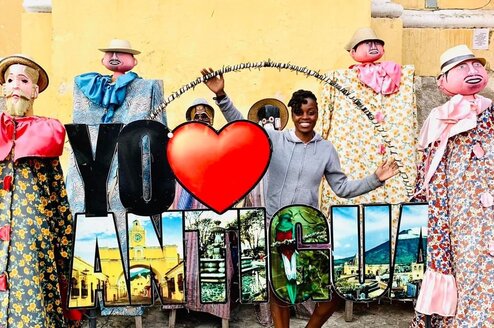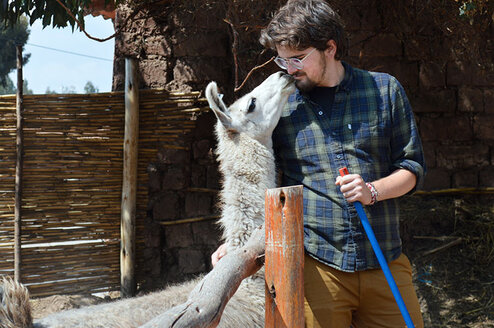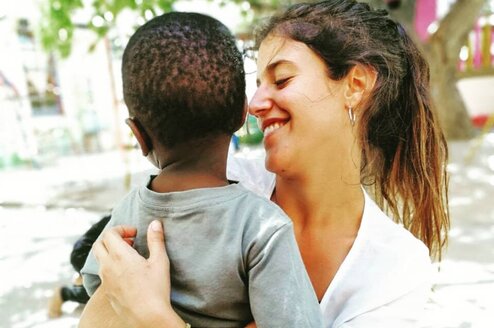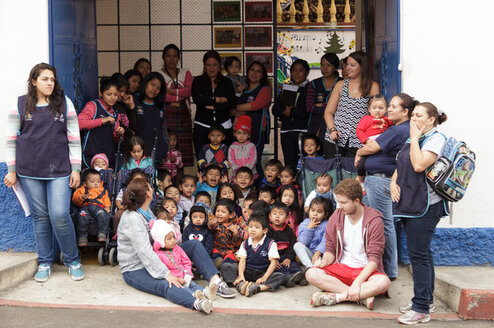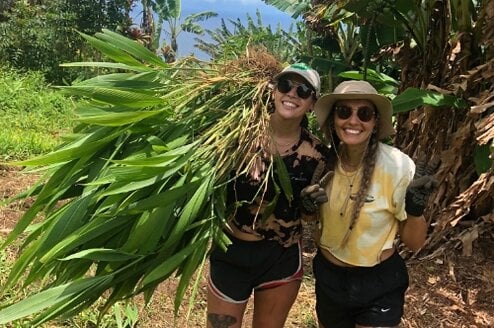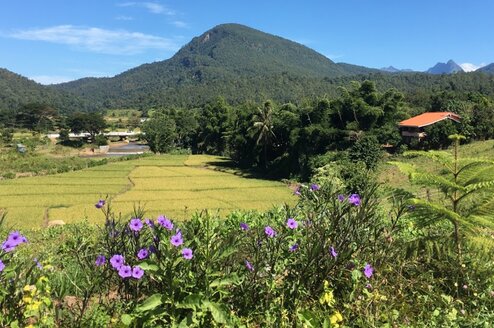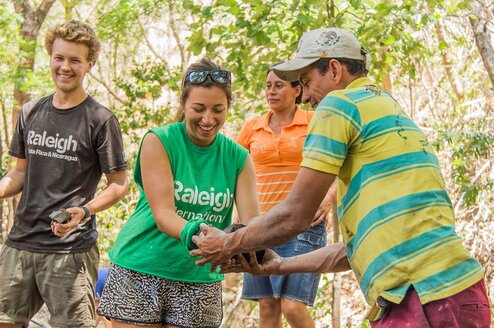Volunteer for Indigenous Rights
Indigenous Rights Volunteer Programs
Pagination
About
From the highland Quechua people of Peru to the First Nations people of Canada, there are over 370 million Indigenous peoples around the globe. Indigenous peoples worldwide share a way of life that is rooted in tradition and a cultural connection to the earth. Their way of life is threatened as new challenges are created in an increasingly globalized world.
Volunteer work aimed at strengthening the rights and livelihood of Indigenous peoples is certainly no easy task. It's a challenging field of work that requires a compassionate volunteer with the ability to think critically and to understand and adapt culturally.
While the UN Declaration on the Right of Indigenous Peoples was passed in 2007, there is still much work to be done to strengthen and support Indigenous peoples around the globe. Volunteers can get excited about the myriad opportunities there now are to help maintain, protect, and preserve the indigenous way of life for generations to come.
Where to Go
Indigenous populations are distributed across the globe. However, there are a few specific countries where volunteers interested in Indigenous Rights can focus their efforts to have the greatest positive impact.
Canada
Indigenous peoples of Canada are comprised of three main groups -- First Nations, Metis, and Inuit -- with cultural differences and unique needs existing between the groups. While some communities show great resilience, there are many that face huge barriers to adequate education, employment, and healthcare.
Switzerland
If you’re looking to have an impact in Indigenous Rights, you might try to approach the issue from a diplomatic and policy perspective. Working at the United Nations (UN) or the International Labour Organization (ILO) is a great way to learn firsthand what shapes the policies that directly help and hinder the Indigenous way of life in a given country.
Peru
This culturally and geographically diverse country in South America is home to over 50 distinct Indigenous groups representing almost half of the population. The Quechua people comprise the largest group, by far. Volunteers looking to work with the indigenous in Peru will need to understand their beautiful yet complex history in order have the greatest positive impact.
Bolivia
The Indigenous peoples of Bolivia represent over 60% of the population with the Aymara and Quechua peoples comprising the two main groups. There are similarities to the cultures of those communities in Peru. However, Bolivia provides volunteers with a new set of challenges and policies that prevent some Indigenous groups from achieving full autonomy.
New Zealand
A land known for its natural beauty, New Zealand has a strong and proud Maori population. Today, like other global Indigenous populations, the Maori people are resilient but face challenges maintaining their traditional way of life on the small island nation.
Program Types
Public Policy Internships
There is a great deal of work to be done at the policy level that shapes Indigenous Rights. Policy interns can learn firsthand the effects that decisions and initiatives at the global, governmental, and non-governmental levels can have on populations and communities in different countries.
Conservation Volunteering
One of the ways to help preserve indigenous ways of life is by taking care of the environment from which they derive many aspects of their culture and lifestyle. From the removal of invasive species to the maintenance of fertile lands, there are many ways to protect the environment while learning about the Indigenous connection to the surrounding areas.
Community Educators
One of the best ways to help strengthen a community is empowerment through education. Volunteers can find programs that focus on providing health education, language training, or other relevant areas that communities desire. Each community is different and volunteers can have an enriching experience as they learn about their respective communities.
Youth Leadership and Empowerment Work
Indigenous youth are the future of their communities. There are plenty of organizations that work with community initiates to support indigenous youth leadership, identity, and culture. From sports to workshops, these types of programs are great ways to help empower youth to become resilient members of their communities.
Planning Your Trip
Whether you plan to work with Indigenous populations directly or plan to volunteer elsewhere in the field, planning your trip and understanding your role will be vital to maximizing your impact when you go overseas.
How to Choose an Indigenous Rights Volunteer Program
Choosing the right volunteer program for you should be determined by a few factors. Having a destination in mind is important, but it's not necessarily the best factor to begin with. There are only a handful of countries that have recognized Indigenous populations, and even fewer that have the networks set up to allow foreigners to volunteer within these communities.
Perhaps one of the first things you should consider is what you are looking to get out of experience working with Indigenous Rights. Are you looking to strengthen a community that is in need or simply gain a general understanding of the work that needs to be done globally? Answering this will result in two different experiences for any volunteers. What skills can you bring to a community that make you a valuable asset?
The setting you want to work in will also determine which volunteer program you choose. While many of these populations reside in rural areas, there are opportunities to work with Indigenous peoples who have moved to urban settings. In Canada, for example, the Aboriginal population is almost divided 50/50 living in rural lands and in bigger metropolitan cities.
Health & Safety
Whenever you are going overseas to volunteer in a different country, there are a variety of general considerations for your health and safety.
Looking into visas for the country you are travelling to is an important step to understanding how long you can be there and what kind of work you are legally able to take on. Vaccinations are always important to have up-to-date, and there can be country-specific vaccinations that you may be required to get and show proof of at the border upon arrival (eg. yellow fever is one such example).
When travelling overseas to work with a specific Indigenous group, the internal relations between groups and local governments should be researched and understood. Within a chosen country, the crime rates, seasonal climate, and the cost of living can affect your ability to live and work freely. These should be given consideration for your overseas experience.
Other Need to Knows
If you wish to volunteer with Indigenous populations you will need to remember that, above all else, you are a visitor in their community. While overseas, you should conduct yourself with respect and appreciation for a culture that differs from your own. It is highly recommended that you educate and inform yourself about the history and culture of the specific group you will be working with before departure.
